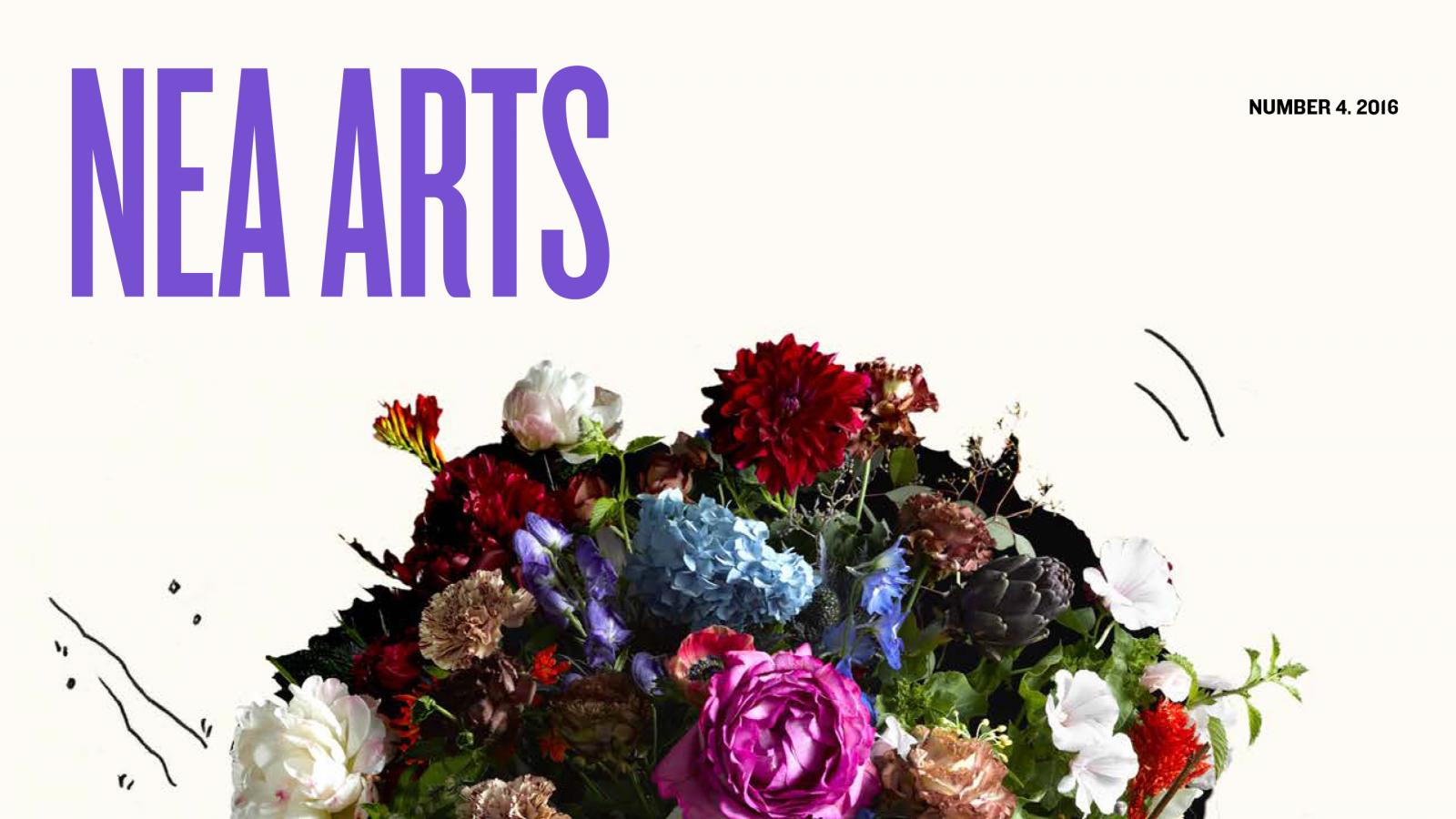The New Issue of NEA Arts in 6 Quotes

Actors, singers, authors, painters, dancers—when it comes to the arts, it’s central characters such as these who get the lion’s share of the spotlight. But truth be told, these figures represent only the tiniest fraction of the cultural landscape. For every artwork created, there is a massive cast of supporting characters, from editors and stagehands to agents and costume designers. Rarely heralded, these unsung heroes are in large part responsible for making art happen.
In the latest issue of NEA Arts, we go behind the scenes with individuals—many of them trained artists themselves—who help bring the art we celebrate to life. We’ve included quotes from each story below. Click on the names to read the full piece!
“Something [the actors] often said on Mad Men is they never opened a drawer without knowing that what was in that drawer was going to be something that belonged to them. That enables an actor to stay in their character and that is a major contribution that I can make.” –Ellen Freund, property master
“If I said that I make costumes, they’d go, ‘Oh, I get it. That’s what they’re wearing.’ Or if I said that I made the set, people get it. But with lighting design, it’s sort of like, ‘Oh well, aren’t you just turning lights on?’” –Jeanette Oi-Suk Yew, lighting designer
“You have to look at your schedule every day and [think] where am I today? Where are the shows today? Where’s all of our equipment going? I set a lot of alarms.” –Dayna Calderón, stage manager for Chicago’s Pritzker Pavilion
“There is such a romance between the dancer and their maker. Dancers hold makers in such high regard because they couldn’t do their art without them.” –Paul Plesh, senior product line manager for Capezio, on pointe shoe-makers
“What we try to do is push. It’s something I suggest for all creative designers: push yourself even further and give something you feel strongly about. Taking those chances as a creative and then putting it in front of a client, publisher, editor is the only way you’ll find out whether it will work or not.” –Rodrigo Corral, book designer and graphic artist
“When we design something as complex as the Calder space, we start with the space. What we didn’t want was one immediate reaction—one large warehouse space where people come in and take it all in at once, just ‘boom.’” –Mark Leithauser, chief of design and senior curator at DC’s National Gallery of Art




